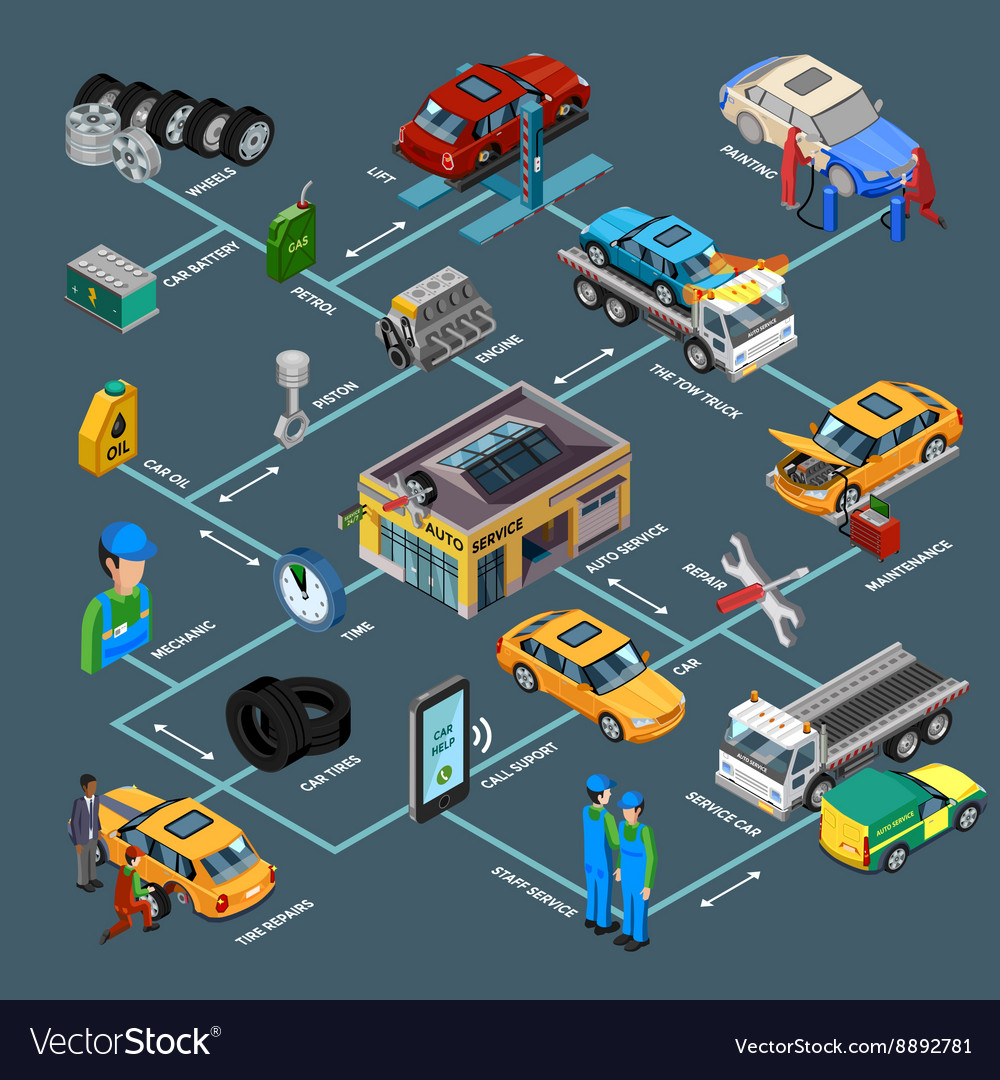Translating Your Vehicle'S Caution Indicators: What They Genuinely Signify
Translating Your Vehicle'S Caution Indicators: What They Genuinely Signify
Blog Article
Material Produce By-Hartley Kejser
When you lag the wheel, those radiant caution lights on your dashboard can be a little bit complicated. Do you know what they're attempting to inform you regarding your cars and truck's wellness? Comprehending the significance of these lights is crucial for your safety and the durability of your vehicle. So, the next time one of those lights turns up, would not you intend to analyze its message accurately and take the needed steps to resolve it?
Common Caution Lighting and Interpretations
Identify typical warning lights in your auto and recognize their definitions to guarantee risk-free driving.
The most normal warning lights consist of the check engine light, which indicates concerns with the engine or emissions system. If this light comes on, it's vital to have your vehicle examined immediately.
The oil pressure alerting light shows reduced oil pressure, calling for immediate interest to prevent engine damages.
A blinking battery light could suggest a malfunctioning charging system, possibly leaving you stranded otherwise resolved.
The tire pressure monitoring system (TPMS) light notifies you to reduced tire stress, impacting automobile security and gas efficiency. Ignoring just click the up coming website might bring about harmful driving problems.
The abdominal light suggests a problem with the anti-lock stopping system, compromising your ability to quit promptly in emergency situations.
Last but not least, the coolant temperature advising light warns of engine overheating, which can lead to extreme damages if not settled swiftly.
Recognizing these usual warning lights will certainly assist you address issues without delay and keep secure driving problems.
Value of Prompt Interest
Comprehending the typical warning lights in your automobile is just the first step; the significance of immediately dealing with these cautions can't be stressed enough to guarantee your safety when traveling.
When a caution light illuminates on your control panel, it's your auto's method of interacting a possible concern that requires attention. Neglecting these cautions can lead to extra extreme troubles later on, jeopardizing your security and possibly costing you a lot more in repairs.
Prompt attention to advising lights can stop failures and crashes. For instance, a flashing check engine light could show a misfire that, if left ignored, can cause damage to the catalytic converter. Resolving this immediately can save you from a pricey repair work.
In a similar way, a brake system alerting light might signal low brake liquid or used brake pads, vital components for your safety when driving.
DIY Troubleshooting Tips
If you observe a warning light on your dashboard, there are a few do it yourself repairing ideas you can attempt prior to seeking professional assistance.
The very first step is to consult your automobile's handbook to understand what the specific caution light indicates. Sometimes the problem can be as basic as a loose gas cap activating the check engine light. Tightening the gas cap may solve the issue.
Another typical concern is a low battery, which can activate numerous warning lights. Examining the battery links for rust and guaranteeing they're secure could deal with the trouble.
If a warning light persists, you can attempt resetting it by detaching the car's battery for a couple of minutes and afterwards reconnecting it. Additionally, inspecting your car's liquid degrees, such as oil, coolant, and brake fluid, can help troubleshoot advising lights associated with these systems.
Verdict
Finally, understanding your auto's warning lights is necessary for maintaining your car running efficiently and securely. By promptly resolving navigate to this site and understanding what they mean, you can prevent costly repair services and prospective malfunctions.
Bear in mind to consult your cars and truck's handbook for particular details on each cautioning light and take action appropriately to ensure a hassle-free driving experience.
Remain notified, stay safe on the road!
